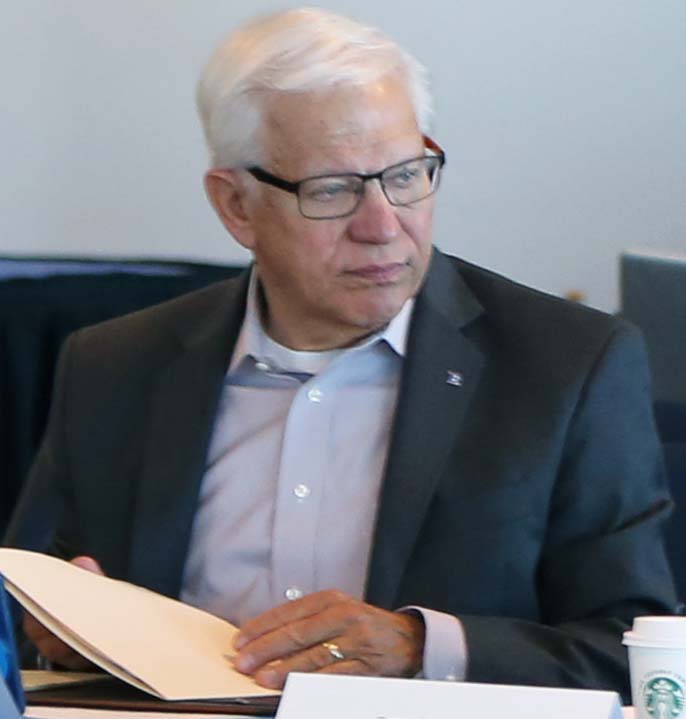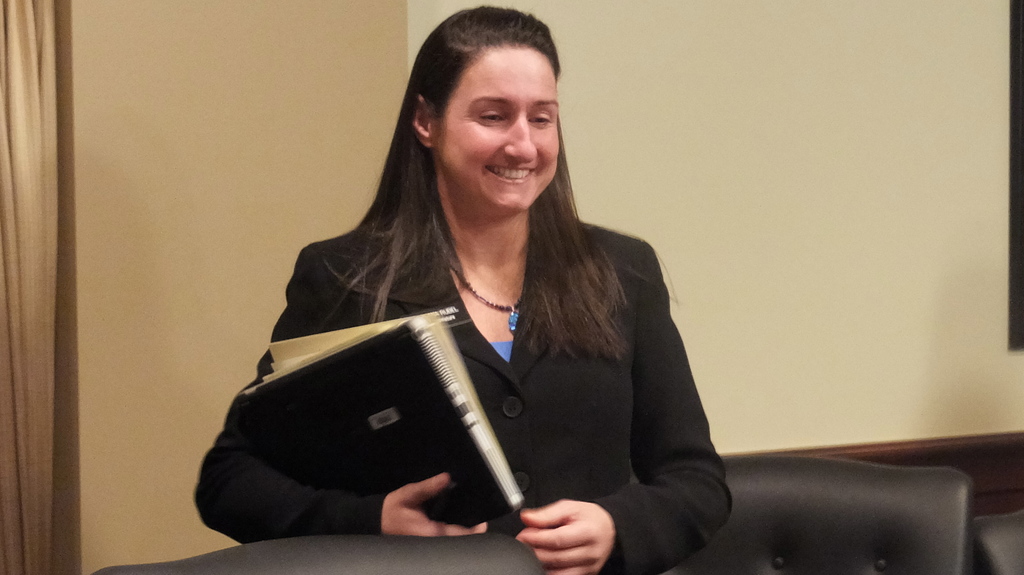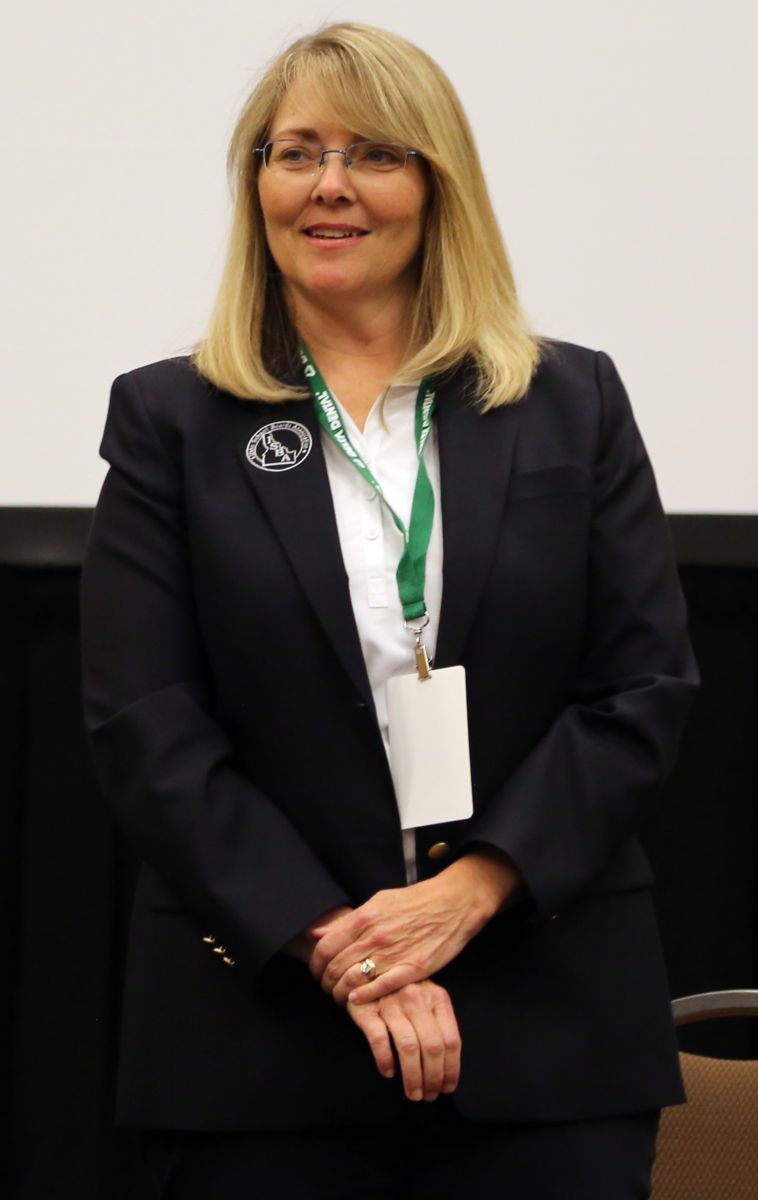For Idaho higher education, 2018 will go down as the year of churn.

The turnover continued Wednesday, when Boise State University President Bob Kustra announced his retirement. The news came as a surprise to Ray Stark, senior vice president of the Boise Metro Chamber of Commerce; while Kustra is 74 and has led BSU since 2003, Stark expected Kustra to stay for another one to three years.
The state will now have to hire three new presidents, since Arthur Vailas of Idaho State University and Anthony Fernandez of Lewis-Clark State College are also retiring. Stark has worked in and around the Statehouse for 40 years, and he’s never seen anything like this: The state has had two presidents’ searches going at once, but never three. And, as he’s quick to note, the state almost had a fourth vacancy; University of Idaho President Chuck Staben interviewed in October for the presidency at the University of New Mexico, but didn’t land the job.
The churn isn’t merely a curiosity. It occurs as Idaho continues to struggle to convince more high school graduates to attend college, and stay in the state to do it. Two months ago, a gubernatorial task force issued 13 recommendations designed to address this persistent problem.
It will be up to new college and university presidents, and some new elected officials, to decide what happens next.
Moving past the task force
Stark sat on Gov. Butch Otter’s 36-member higher ed task force — along with the university presidents, six legislators, the eight members of the State Board of Education and business and student representatives.
On Sept. 15, the group agreed on a wide range of recommendations, all unanimously. Among the highlights: a “digital campus” that would provide college courses to remote learning centers in rural Idaho; a boost in state-funded college scholarships; and an outcomes-based funding model, which would tie some higher education funding to graduation numbers and other metrics.
Task force members say the state can do some work on these recommendations, even while hiring new university presidents.
To make her point, Rep. Wendy Horman, R-Idaho Falls, points to Otter’s K-12 task force. The group drafted its recommendations in 2013, and then subcommittees did the work of coming up with concrete plans. She’d like to see a subcommittee pick up on ideas such as the digital campus, which should have widespread support.
Some of the higher ed task force’s recommendations are easy sells; for example, it’s hard to imagine a would-be university president opposing an increase in scholarships.
Other recommendations are touchier.

Outcomes-based funding isn’t a new concept; 32 states use some form of this model, and another five states are adopting the approach. But state Rep. Ilana Rubel still hopes Idaho takes its time adopting outcomes-based funding, to bring new university presidents into the transition. Rubel, D-Boise, voiced reservations to the outcomes-based approach during the task force’s discussion.
State Board president Linda Clark supports the outcomes-based approach, since it will allow Idaho to respond nimbly to changing marketplaces and needs. Having a full range of recommendations — and a clear long-term strategy — should streamline the presidential search process, and make Idaho an attractive destination for applicants.
“I really don’t see any of the task force recommendations as a negative,” said Clark, a co-chair of the task force.
The political climate
Idaho won’t just have three new college presidents in the coming months.
The Legislature will look considerably different a year from now. Several prominent and veteran lawmakers are leaving in 2018 — either to retire or to run for higher office. Two retirements will reshape the budget-writing Joint Finance-Appropriations Committee; the committee’s co-chairs, Sen. Shawn Keough, R-Sandpoint, and Rep. Maxine Bell, R-Jerome, are stepping down.
But the most important political change will occur in the governor’s office. The higher ed task force reflects Otter’s last stab at improving Idaho’s languid college graduation rates — and meeting Idaho’s ambitious but elusive 60 percent postsecondary completion goal. But after 2018, he won’t be in office to act on the group’s recommendations.

Stark expects legislators to put off education policy decisions during a hotly contested election year. Horman hopes it doesn’t happen. The task force’s recommendations are geared toward providing more Idahoans an opportunity to go to college — and that should transcend politics.
“That is a duty and an obligation we should not shirk just because there is turnover on the political side,” she said.
Clark sees the political churn as a given, and something beyond the State Board’s control. The board’s priority is to fill the presidential vacancies. The jobs are different — because the three institutions have distinct missions — but she believes all three positions are attractive.
“It’s a challenge, of course, but I’m not overly concerned,” she said.
Coming in December: Idaho has spent years — and millions of dollars — trying to convince high school graduates to continue their education. Years later, the college graduation rate remains flat. What happened? And is there a solution? An in-depth series from Idaho Education News.
